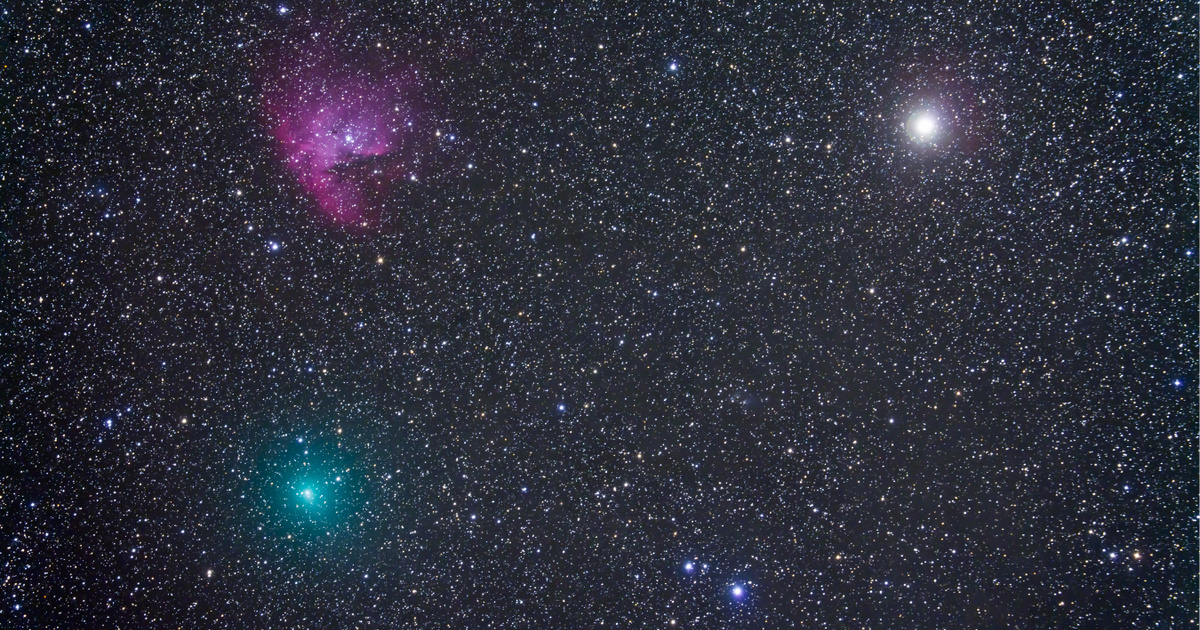According to the announcement by the Center for Astronomy and Earth Sciences Research (CSFK),
Between September 6 and 22, it is worth trying to spot the comet.
Because then the moon does not obstruct your vision. Visitors will also be able to see the comet during the Svábhegy Observatory’s Star Gate program on September 16.
Comet 103P/Hartley is an elliptical object with a small nucleus, about 1.6 km in diameter. The orbital period of the periodic comet is about 6.47 years, and the last time it approached the sun was in 2017.
103P/Hartley is also known as Deep impact The space probe, within the framework of the EPOXI program, approached it to 694 km in 2010 and took pictures of it. This made 103P/Hartley the fifth comet to be approached by a spacecraft. There are also light formations on the surface of the comet’s nucleus, about 50-80 meters high, and their light reflectivity is two to three times the average value.
The comet reaches perihelion on October 12th.
It will be closest to Earth on September 26, when you can already see it with smaller telescopes, but until then it won’t be visible to the naked eye.
The comet approaches our planet at a distance of approximately 0.38 astronomical units, or 57,270,000 km.
The comet is best observed between September 6 and 22, when moonlight does not interfere with its view. During this period, the comet passes first through the constellation Perseus and then through the constellation Auriga. In the hours before midnight, the comet will be visible relatively low, at an altitude of 20-30 degrees above the horizon, so it is better to monitor it in the morning hours, when it rises 70-80 degrees above the horizon.
And at the Stargate event on September 16 at the Svábhegy Observatory, visitors can see the comet, Saturn and Neptune, as well as the Swan Nebula that forms a floating swan, and the disk of Jupiter.
The organizers also prepare a number of family programmes. In the Space Time Trampoline, the movement of planets and stars is modeled using glass balls, in the Meteorite Examination Program, visitors can study meteorite crystals with microscopes, and in the collection, they can also get their hands on many pieces of stones from outer space. In the Spectrum Zone, you can also find many interesting optical equipment and light bending devices.
The Csillagkapu series of events await visitors every second Saturday from April through the end of October.
Comet 103P/Hartley was discovered by Malcolm Hartley on March 15, 1986 using the Schmidt telescope at Siding Spring Observatory in Australia.







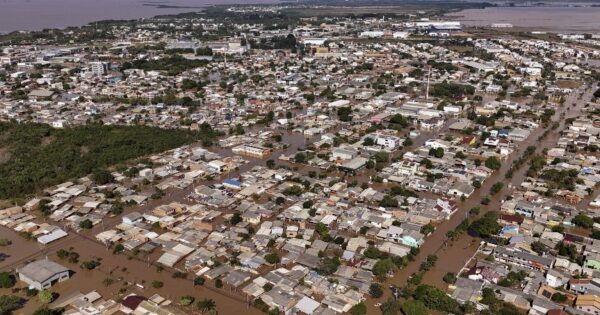



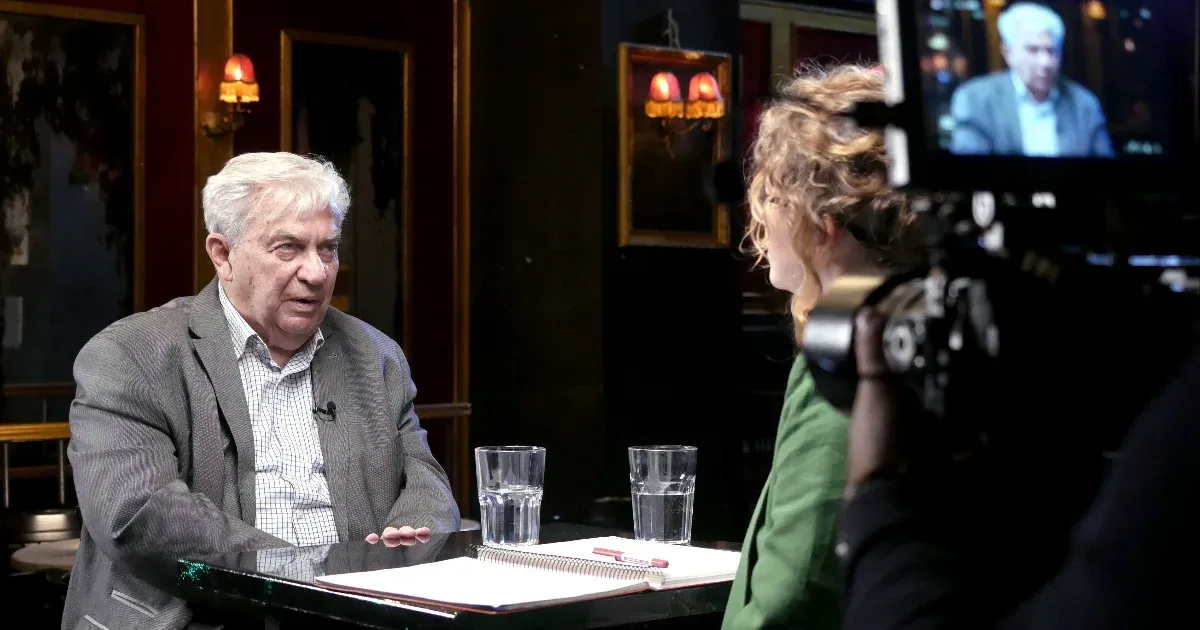


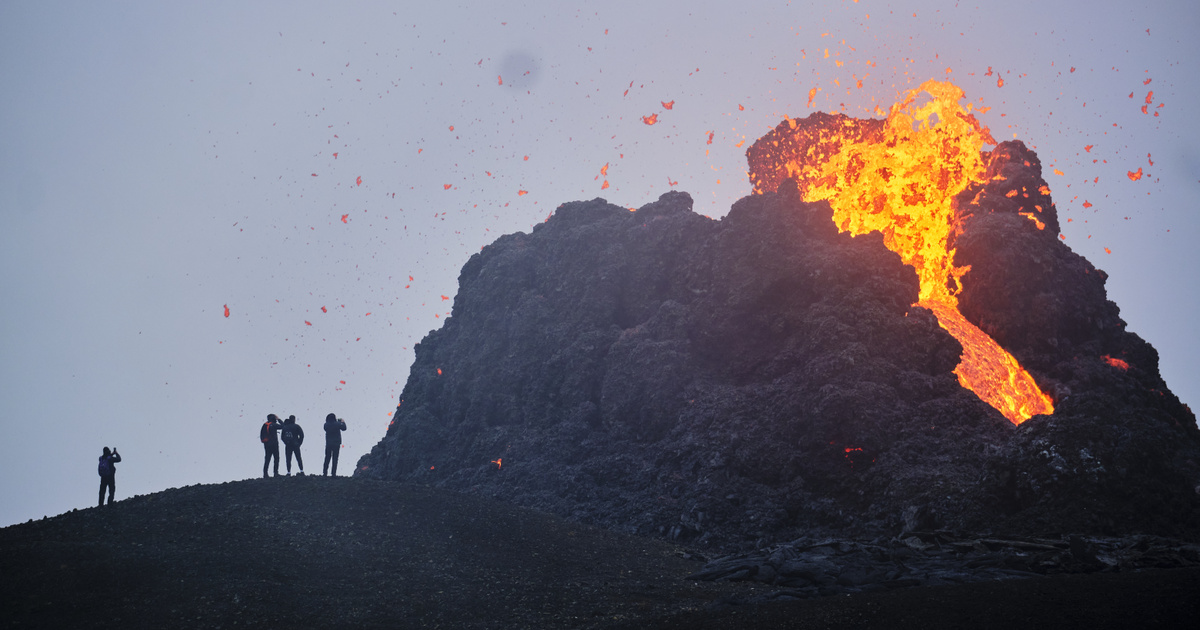
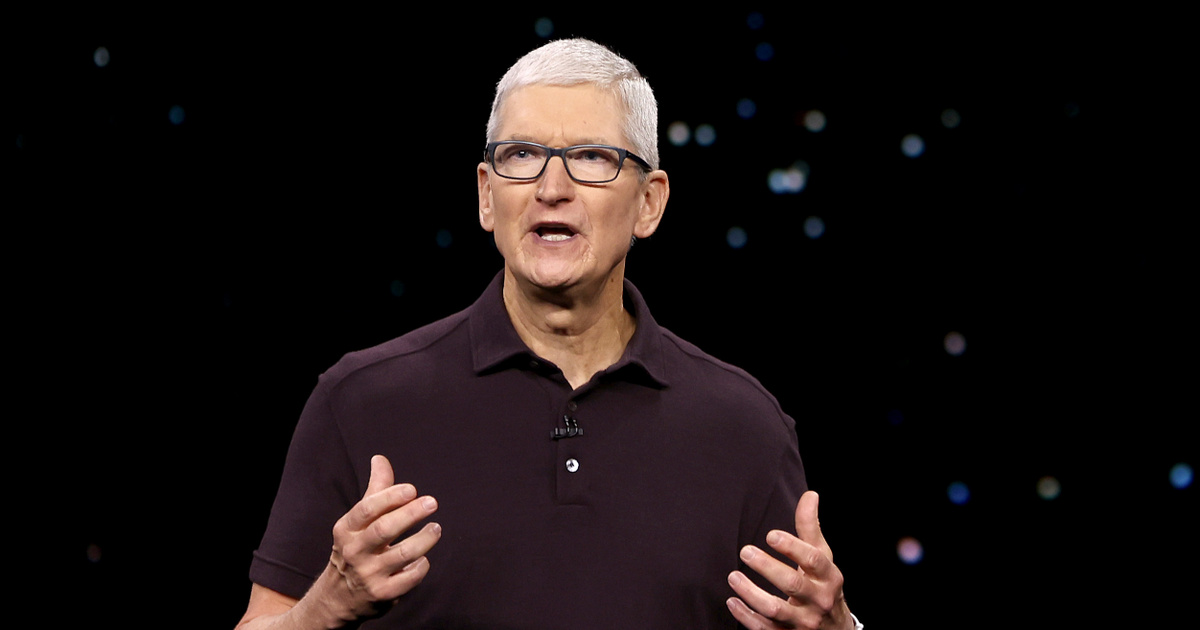

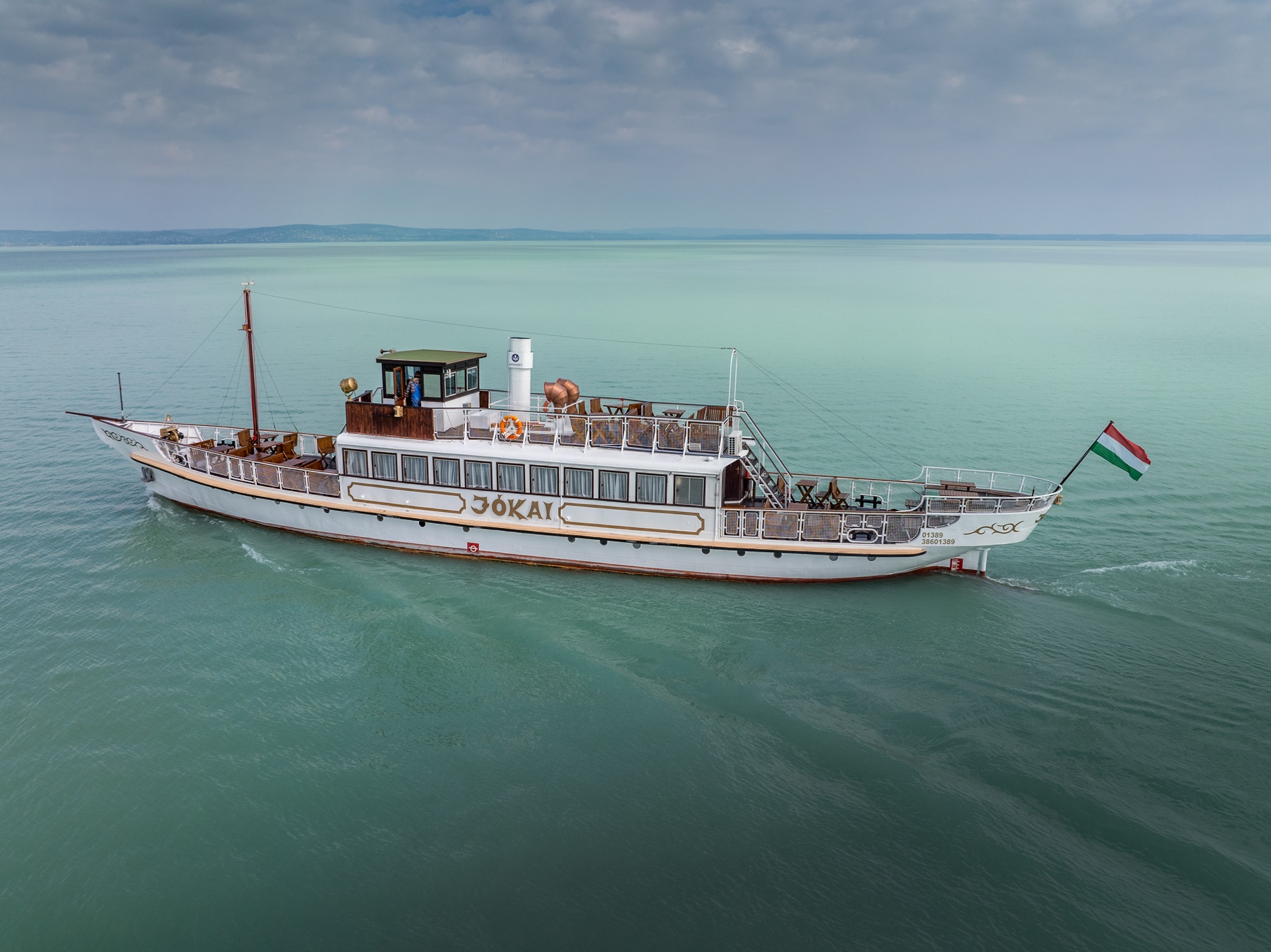
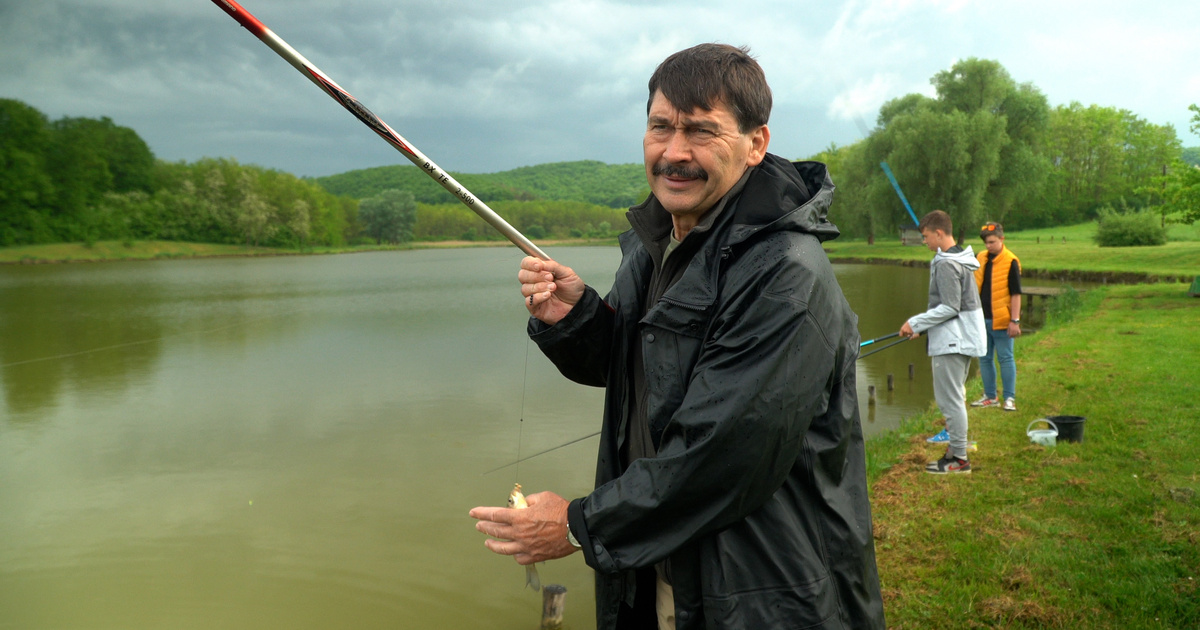
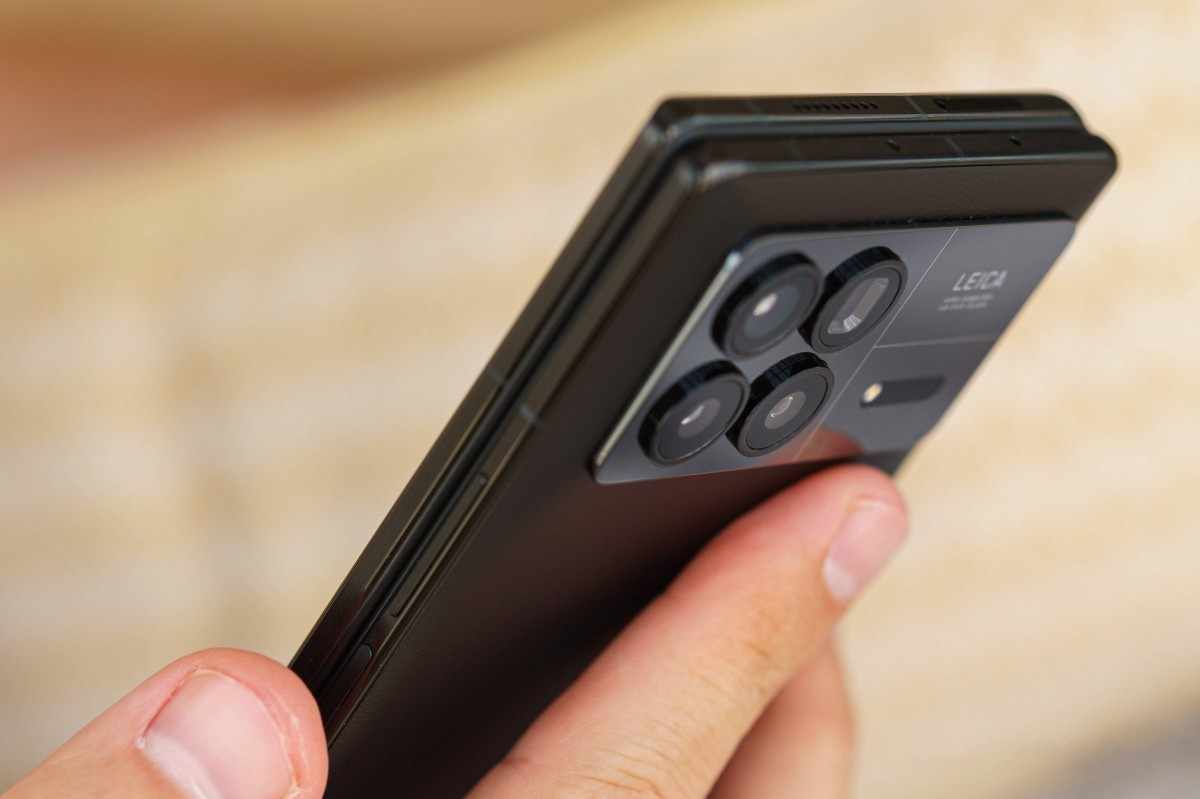
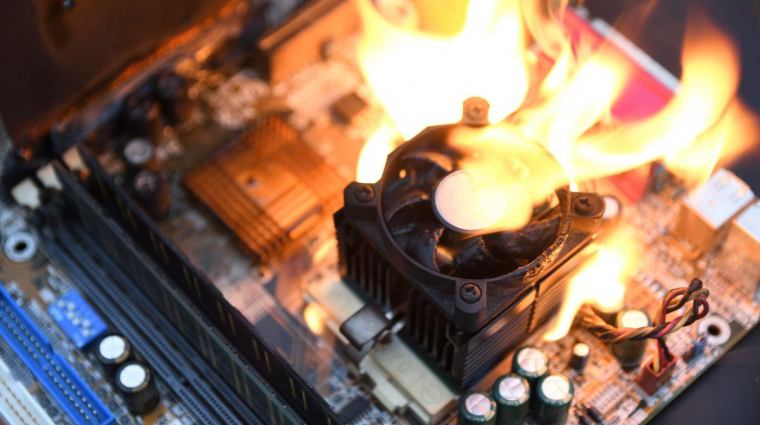
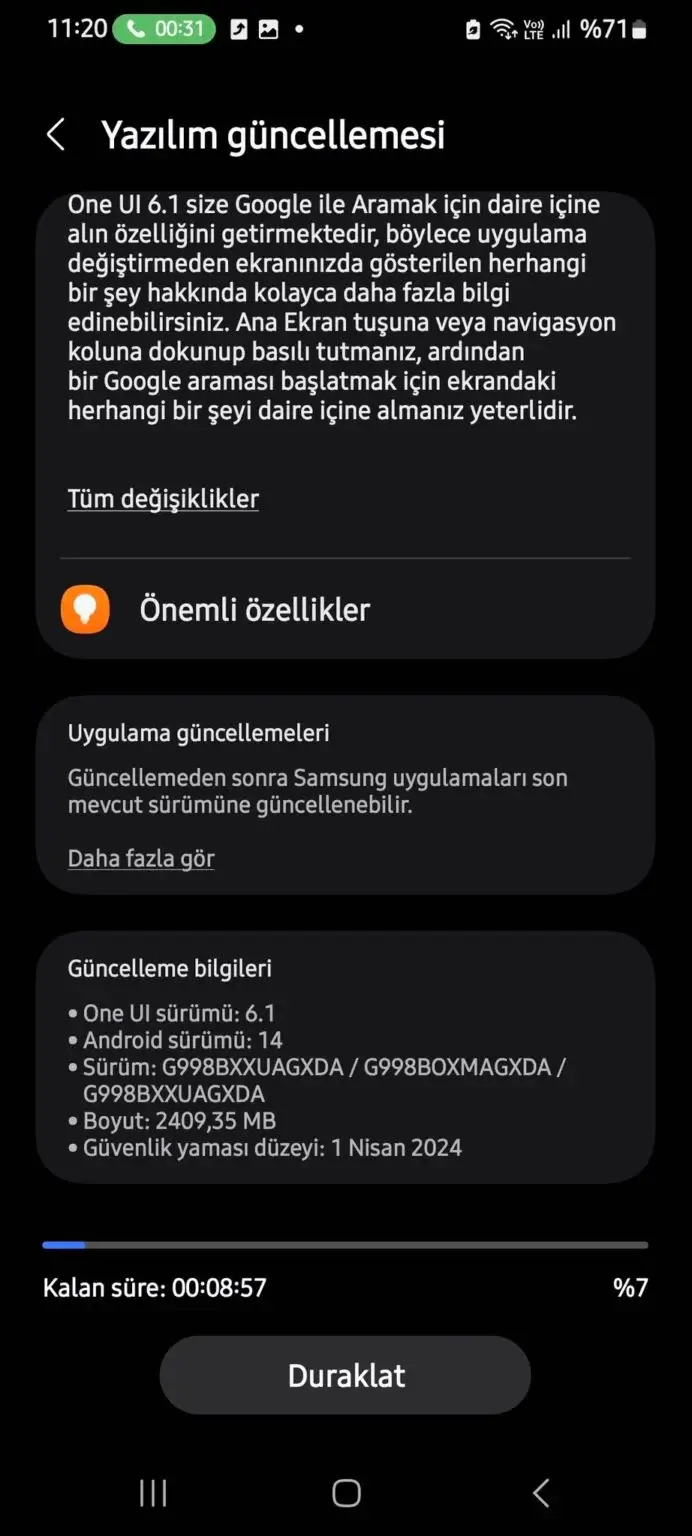



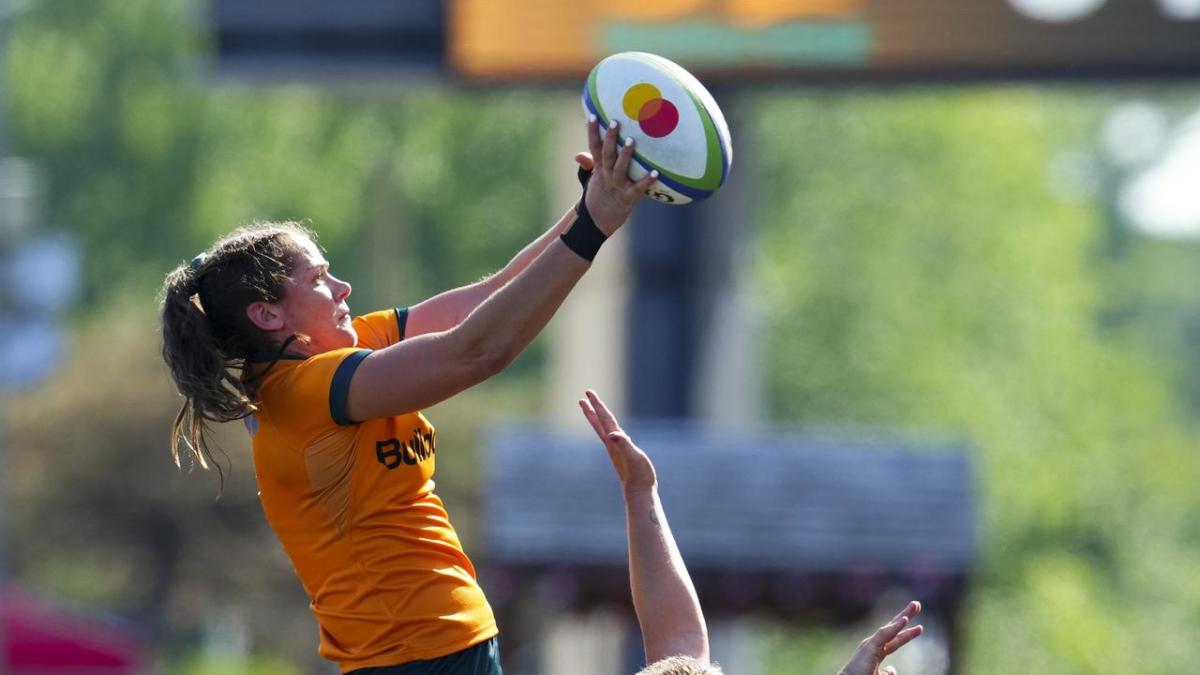






:max_bytes(150000):strip_icc():focal(772x414:774x416)/Wade-Zaya-05112401-1a7bf719cac94793b729c3f4331aab0b.jpg)




